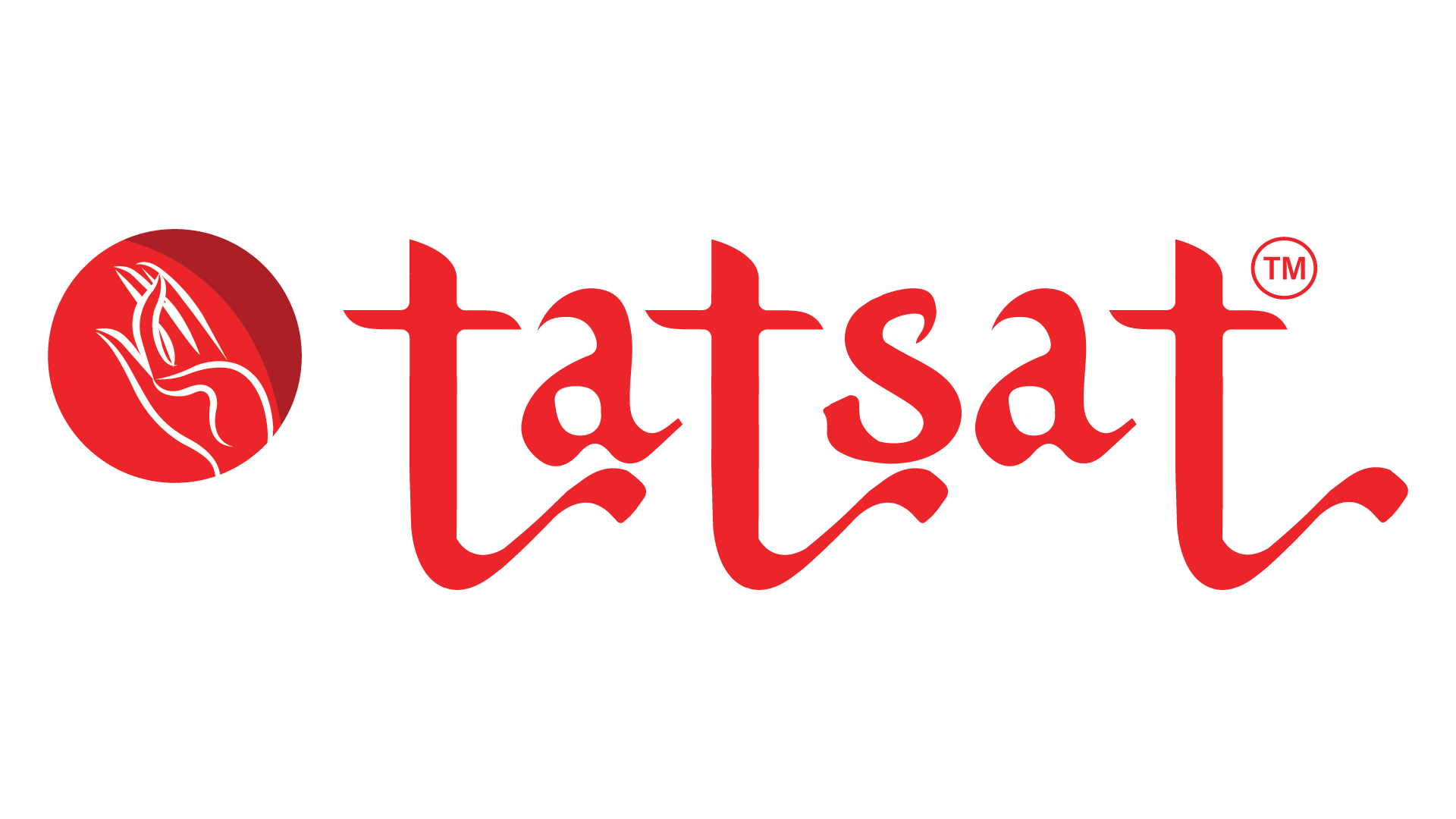TOXIC AIR
A WHO report released in May this year mentions that India has 14 out of the 15 most polluted cities of the world
The WHO global air pollution database released in Geneva this year reveals that India has 14 out of the 15 most polluted cities of the world. WHO’s database comprises more than 4,000 cities in 100 countries. The report mentions that Delhi’s pollution improved only marginally in 2010-14, and started deteriorating again in 2015. When farmers in Punjab and Haryana burn the remnants of the rice crops in their fields to prepare for wheat, the entire region of the two states, including Delhi NCR get covered with a thick smog. Experts say that farmers need to be educated on the fallout of their traditional practice, and the government needs to suggest eco-friendly alternatives to the farmers.
An air quality index between 0 and 50 is “good”, 51 and 100 is “satisfactory”, 101 and 200 is “moderate”, 201 and 300 “is poor”, 301 and 400 is “very poor” and 401 and 500 is “severe”. It is learnt that Delhi and NCR crossed 401 in early November.WHO report mentions that pollution is the main cause of non-communicable diseases and causes around 24 percent of all adult deaths from heart disease, 25 percent from stroke, 43 percent from chronic obstructive pulmonary disease and 25 percent from lung cancer.
The 15 most polluted cities in the world include: Kanpur; Faridabad; Varanasi; Gaya; Patna; Delhi; Lucknow; Agra; Muzaffarpur; Srinagar; Gurgaon; Jaipur; Patiala; Jodhpur; and at number 15 is, Ali Subah Al-Salem (Kuwait).
Out of the 12 most polluted cities in India, top ten are in UP alone. They are: Ghaziabad; Kanpur; Greater Noida; Baghpat; Noida; Hapur; Bulandshahr; Muzaffarnagar; Agra; and, Lucknow.
The government has to take measures to curb pollution, and judicial activism of late has helped to spotlight this urgent concern. Some of the proposed measures include halting of construction activity, use of diesel-run power generators, and operation of brick kilns and burning of garbage. Though the Supreme Court has ruled that all 15-year-old petrol and ten-year-old diesel vehicles are to be impounded in Delhi-NCR, it is felt among a section of people that it is better to impound only polluting vehicles and not look at their age. The government is looking at options to apply this rule.
To curb pollution during Diwali, the Supreme Court permitted the sale and manufacture of “green” firecrackers, and ordered cracker burning for two hours only on Diwali night, between 8 to 10 pm. The Court has also imposed a construction ban across NCR for ten days, starting from November 1, as construction compounds the pollution problem.



